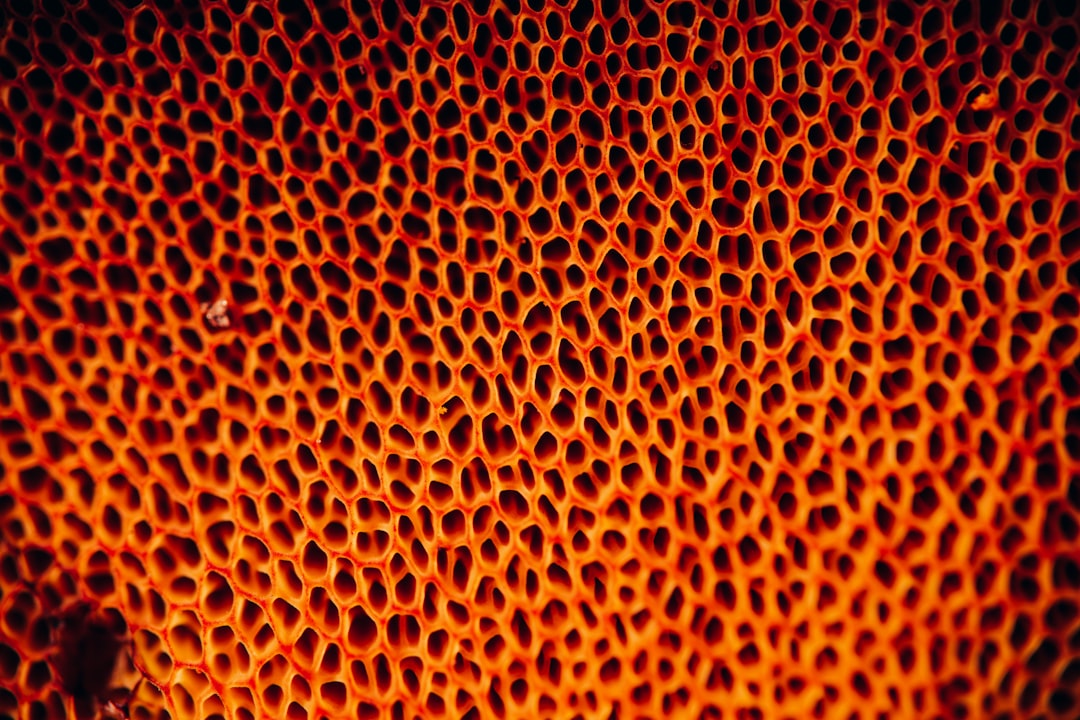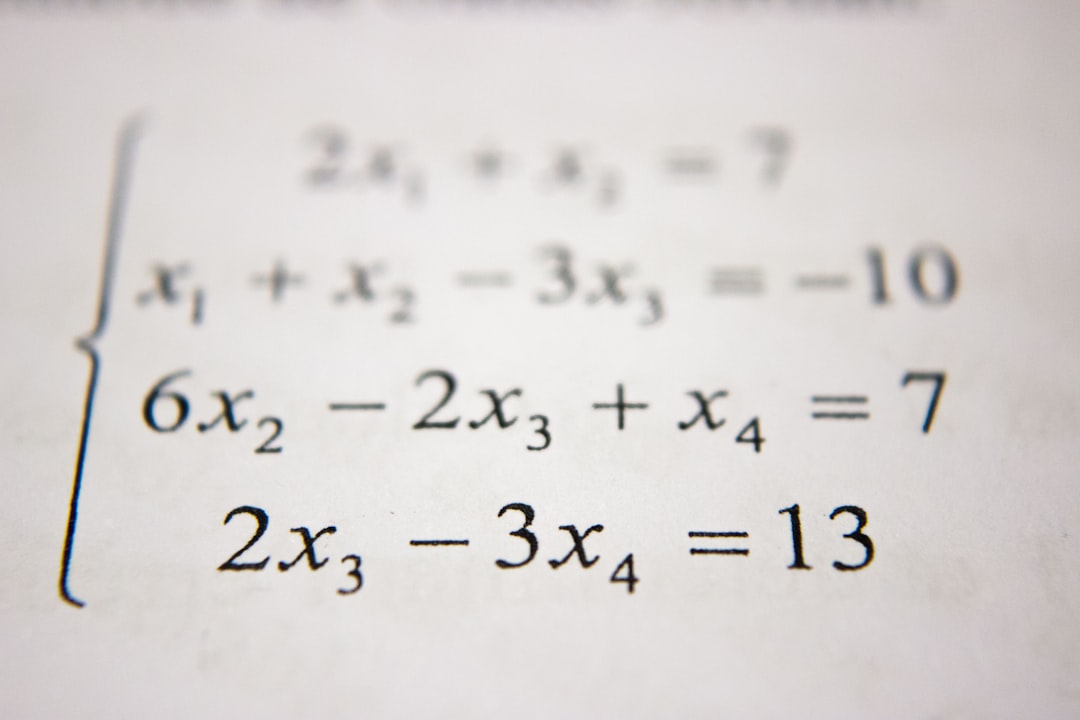What is it about?
This paper describes the development and testing of a simplified optical tomographic scanner that can be used to quicklyly and inexpensively image volumetric (3D) polymer or gelatin radiochromic dosimeters. These are dosimeters that change colour when exposed to a source of radiation such as x-rays, gamma rays, or other sources of radiation. Several types of such dosimeters have been developed and are being studied by many groups around the world as a potential method of performing quality control of dose delivery to tumours during radiotherapy. The scanner can also be used for tomographic imaging of any optically transparent object whose internal structure includes regions of different optical density or colour. It is also a useful instrument for teaching or the study of medical tomography using visible light for imaging instead of radiation, making it suitable for use by students at any grade level and can provide experience in the practical application of the algebraic solution of simultaneous equations, trigonometry, Fourier filtering, optics, x-ray technology, physics, radiation science, medical imaging, &c, which can be presented at any desired degree of complexity suitable for the age and current level of understanding of the student from high school through university.
Featured Image
Why is it important?
Compared to previous approaches to tomographic imaging of 3D radiochromic dosimeters using narrow-beam lasers or MRI scanners, the use of a CCD camera is exceptionally mechanically and optically simple, fast and inexpensive. It also represents a useful learning tool for the exploration of the applications of mathematics (from the algebraic solution of simultaneous equations through tomographic reconstruction and sophisticated image filtering), physics (geometric optics and radiation science), chemistry (radiochromic indicators and polymer chemistry), mechanical engineering (motion control), and computer science (image capture, motion control, data processing, analysis, display and reporting).
Perspectives
It has been gratifying to see the number and variety of references to our initial development of this simplified approach to solving a practical problem. Nearly 23 years on since publication, we continue to receive citations from around the world, not just by researchers in the field of medical radiation physics and radiation oncology, but also from educators and students who have found the approach useful in the pursuit of their own understanding of the technical or scientific principles.
Dr John Wolodzko
Read the Original
This page is a summary of: CCD imaging for optical tomography of gel radiation dosimeters, Medical Physics, November 1999, Wiley,
DOI: 10.1118/1.598772.
You can read the full text:
Contributors
The following have contributed to this page










